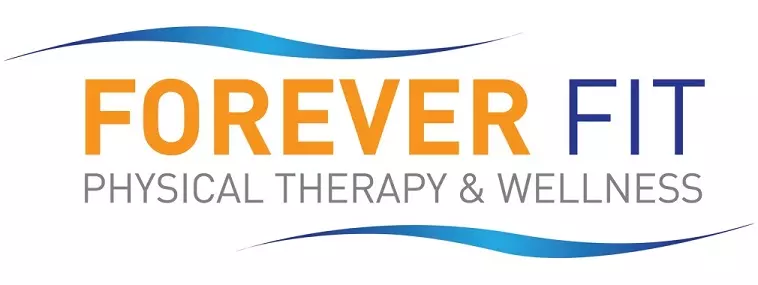Anxiety and muscle tension are often closely connected. If you’ve ever noticed that your shoulders feel painfully tight or your jaw clenches when you’re stressed or anxious, you’re not imagining things. When left unchecked, muscle tension exacerbated by anxiety can lead to discomfort, stiffness and persistent pain.
If you’re experiencing muscle pain that’s related to anxiety, getting treatment is important. Make sure to take care of your mind and your body. Mental health support can be key to managing your anxiety levels. To address your physical symptoms, physical therapy may be useful.
The American Psychiatric Association’s annual mental health poll found that, in 2024, 43% of adults said they felt more anxious than they did the previous year. Anxiety impacts a lot of people every day. Fortunately, anxiety and its effects can be managed. In addition to professional treatment, you can practice at-home strategies to manage anxiety-related muscle tension.
6 tips for managing anxiety-related muscle tension
- Practice deep breathing — When anxiety kicks in, many people start to breathe quickly and shallowly from their chest. This type of breathing can make your muscles stay tense, especially around your neck and shoulders. Instead of taking rapid breaths, try diaphragmatic breathing, also called belly breathing. This approach can help your body relax. To do deep belly breathing, start in a comfortable sitting or standing position. Place one hand on your chest and the other on your belly. Inhale slowly through your nose, letting your belly rise. Exhale slowly through your mouth, letting your belly fall. Repeat this pattern for a couple of minutes. Once you’re done, you might notice that you’re less anxious. This breathing technique can help calm your nervous system and encourage your muscles to relax.
- Do daily body scans — A body scan is a mindfulness practice that helps you become more aware of where you’re holding tension. You might not even realize your muscles are tight until you take a moment to check in. For best results, try doing your daily body scan in a quiet place free of distractions. Slowly move your attention from your head to your toes. Pay attention to each specific area. Instead of just scanning your head, for example, think about your temple, jaw, neck and so on. At each point, ask yourself: “Am I holding tension here?” If the answer is yes, take a deep breath and gently release it. Try to let go of the tension in that area. A full body scan should only take a few minutes each day. Engaging in this practice every day can help you catch and release tension before it builds up.
- Stretch regularly — Long hours of sitting or standing can cause tight muscles. Anxiety can make that tightness worse. Fortunately, stretching can help. Stretching may improve circulation, reduce stiffness and signal to your body that it’s safe to relax. You might try simple stretches like shoulder rolls, gentle neck rotations and seated spinal twists to release your tension. Stretching doesn’t need to be long or complicated. Two or three minutes of movement every few hours can make a big difference.
- Improve your posture — When you feel anxious, you might hunch your shoulders or slump forward. These postural changes can increase muscle strain, especially in the neck, shoulders and back. A physical therapist can show you how to maintain a posture that’s strong and relaxed at the same time. Some steps you could take to improve your posture include keeping your shoulders slightly pulled back when sitting up straight and avoiding clenching your jaw. Better posture can help reduce unnecessary tension and allow your muscles to work more efficiently.
- Try progressive muscle relaxation — Progressive muscle relaxation is a technique that involves tensing and relaxing each muscle group. This technique can help teach your body the difference between tension and relaxation. To do progressive muscle relaxation, lie down. Start with your feet. Tense the muscles in your feet for five seconds; then release. Do the same with muscle groups in your calves, then thighs, continuing until you’ve relaxed all of your muscles. Take a deep breath between each muscle group. Once you’re done, your muscles and mind should feel much more relaxed.
- Practice self-care — In addition to physical strategies for reducing stress, it can also help to prioritize your mental health. Daily self-care activities can go a long way in reducing your anxiety and improving your mood. Self-care is different for everyone. For some, an ideal self-care activity might be going on a hike in nature. For others, it might be channeling anxiety into creative outlets, listening to relaxing music or taking a hot bath. Practicing self-care can be essential to keeping your anxiety under control.
Forever Fit can help you manage anxiety-related muscle tension
With the right strategies, you can feel more at ease in your body. Simple habits like deep breathing, stretching and improving posture can have a powerful impact. If you need extra support, physical therapy can help you reduce pain, move more freely and feel more in control. You can access effective physical therapy services at Forever Fit.
We’re here to support your whole-body wellness, one step at a time. Call us today or fill out our online appointment request form to get started.

